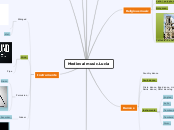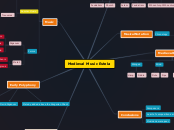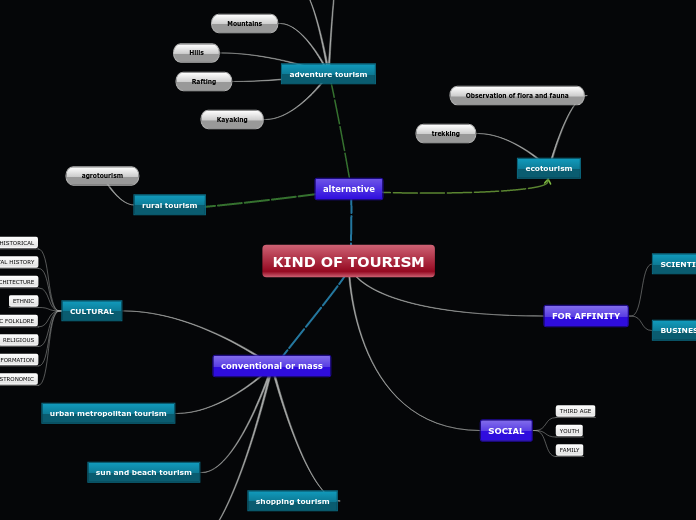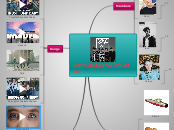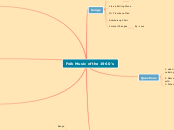af Lucía estebanez ardura 8 år siden
346
Medieval music.Lucía
The period spanning from the 5th to the 15th century marked the era of medieval music, characterized by both religious and secular compositions. Religious music, particularly Gregorian chant, was predominantly monophonic and performed by men in Latin, often in cathedrals like Notre Dame in Paris.
